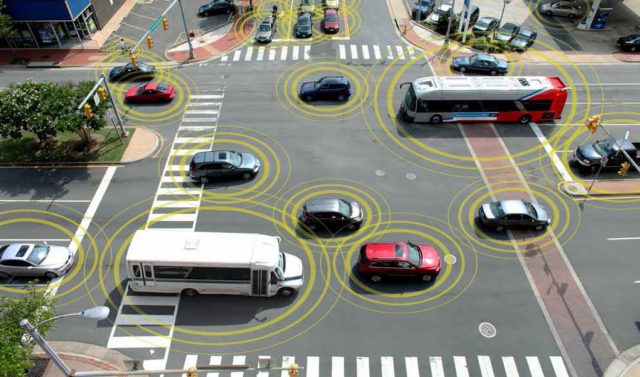Driving the conversation on automated vehicles
Driving the conversation on automated vehicles

Vehicle automation is developing at a rapid pace. As a transportation authority, TransLink wants to be ready for new technologies hitting the region’s roadways and to position Metro Vancouver to harness the potential benefits.
To that end, TransLink kicked off the Future of Driving Project in September 2015, hosting a series of discussions with local government staff on how we should leverage automated vehicles and new mobility services in a way that best supports the region’s goals of a healthy economy, people, and environment through compact urban growth and more sustainable transportation choices.
New technologies can be rolled out, used, combined and adopted by the public in countless different ways that are impossible to predict. As a way to handle this uncertainty, the group developed four possible scenarios: Status Quo, Motor City, Uncoordinated Mobility, and Coordinated Mobility.
Our discussions considered how we should begin to plan for the advent of automated vehicles under each of these possible scenarios, including:
- how we forecast travel demand and infrastructure needs,
- how we manage and price parking and road usage,
- how we integrate new mobility services into the current transportation system, and
- how we design our streets and public spaces.
The result of these discussions is Future of Driving, a report that maps out a path forward for the region. Recommendations include:
- Updating transportation policies and regulations to promote shared automated vehicles in support of regional objectives to reduce driving and increase walking, cycling and transit use.
- Proactively position TransLink to navigate rapid change while maintaining the resiliency of transportation operations and improving the customer experience; and
- Collaborating with partners in government, academia and industry to create a social innovation lab that will test innovative ideas to harness the positive benefits from new vehicle technologies and new mobility services.
Author: Megan Johnston





